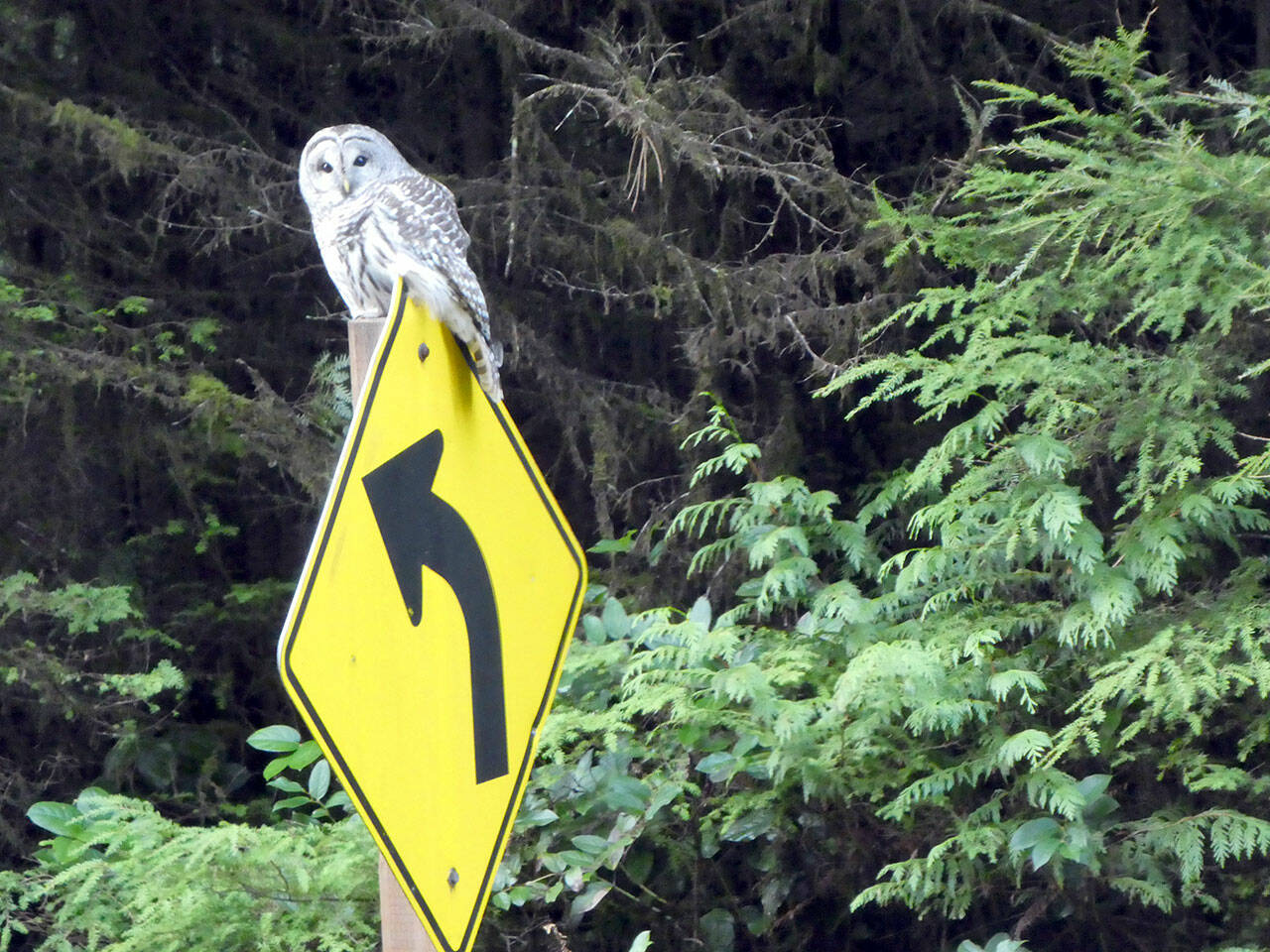And so, another hunting season passes astern. I hope you did better than I did.
All I got was the ingredients for tag soup. That’s a humiliating blend of unused deer and elk tags simmered in a stew of excuses.
I blame the government.
By failing to address global warming, our glaciers are melting, resulting in what geologists call a post-glacial rebound where the land rises as the ice melts.
Want proof? The Olympic Mountains are much steeper than when I was a kid. Even the flat spots seem further apart than they used to be.
All of which makes hunting tougher than ever.
Besides, deer and elk are sensitive woodland creatures who have somehow learned to read.
How else can you explain their ability to determine when hunting season starts? Which invariably triggers their migration behind the nearest “No Trespassing” sign or into towns where people feed them a bottomless buffet of vegetable gardens and landscaping shrubs.
Who can blame them? We protected the predators to the point where the woods are so full of bears and cougars, they’re being forced to eat each other.
All of which leads to the conclusion that our tradition of hunting in the fall for our winter’s meat supply is being cancelled. Until now. An all-new hunting season might be coming to a forest near you.
The U.S. Fish and Wildlife Service has decided to shoot 400,000 barred owls on the Olympic Peninsula and throughout the Pacific Northwest for the crime of endangering the endangered spotted owl.
If you don’t know what a spotted owl is, you are not a logger.
Starting in the 1990s, the spotted owl was used to shut down logging throughout the Pacific Northwest, forcing many loggers to migrate to Alaska.
Despite the logger removal program, spotted owls continued to decline even in the pristine environment of Olympic National Park. While the U.S.F.W.S. draft EIS states the U.S.F.W.S. does not have sufficient information to verify whether barred owls are affecting specific species, they decided to shoot first and ask questions later.
Barred owls are seen as an “alien species” that arrived from the Eastern U.S. and Canada, representing an ecological menace whose wide-ranging appetites could lead to cascading effects on the food web.
Just for fun, let’s compare and contrast the barred owl with another “alien species” with cascading effects on our food web, the green crab.
Arriving in the bilge water of cargo ships in the 1960s, the green crab stands accused of endangering Washington’s multi-million-dollar shellfish industry. Springing into action in 2022, Washington declared war on the green crab.
The Legislature forked over almost $9 million to fund a committee to study the problem while the Washington Department of Fish and Wildlife made it illegal to possess a green crab.
The WDFW admits it’s “counterintuitive” to not allow people to collect, remove or eat a green crab, but they insist people are too ignorant to tell the difference between a green crab and a Dungeness crab.
Let’s review.
The invasive alien green crab arrived here as an unintended consequence of global trade. The invasive alien barred owl arrived here on its own.
The green crab is a protected species. The barred owl and any unfortunate offspring it had with the spotted owl will be eliminated.
While we are unsure how the barred owl will rate as table fare, follow this column for some exciting new recipes.
How can you shoot such a beautiful and trusting bird that just sits on a limb and looks at you with those big eyes? It’s easy. You just don’t lead them so far.
_________
Pat Neal is a Hoh River fishing and rafting guide and “wilderness gossip columnist” whose column appears here every Wednesday.
He can be reached at 360-683-9867 or by email via patnealproductions@gmail.com.
